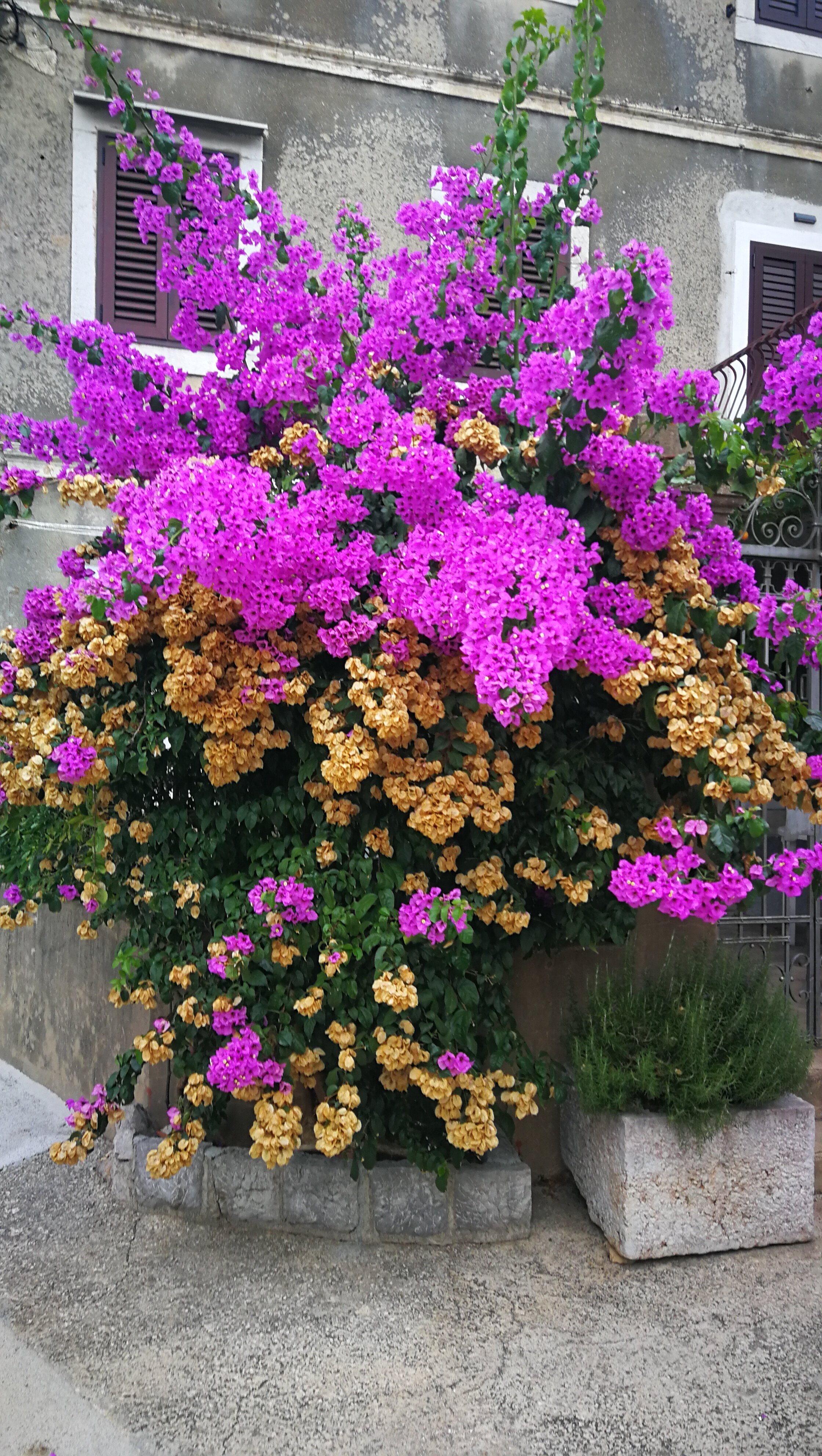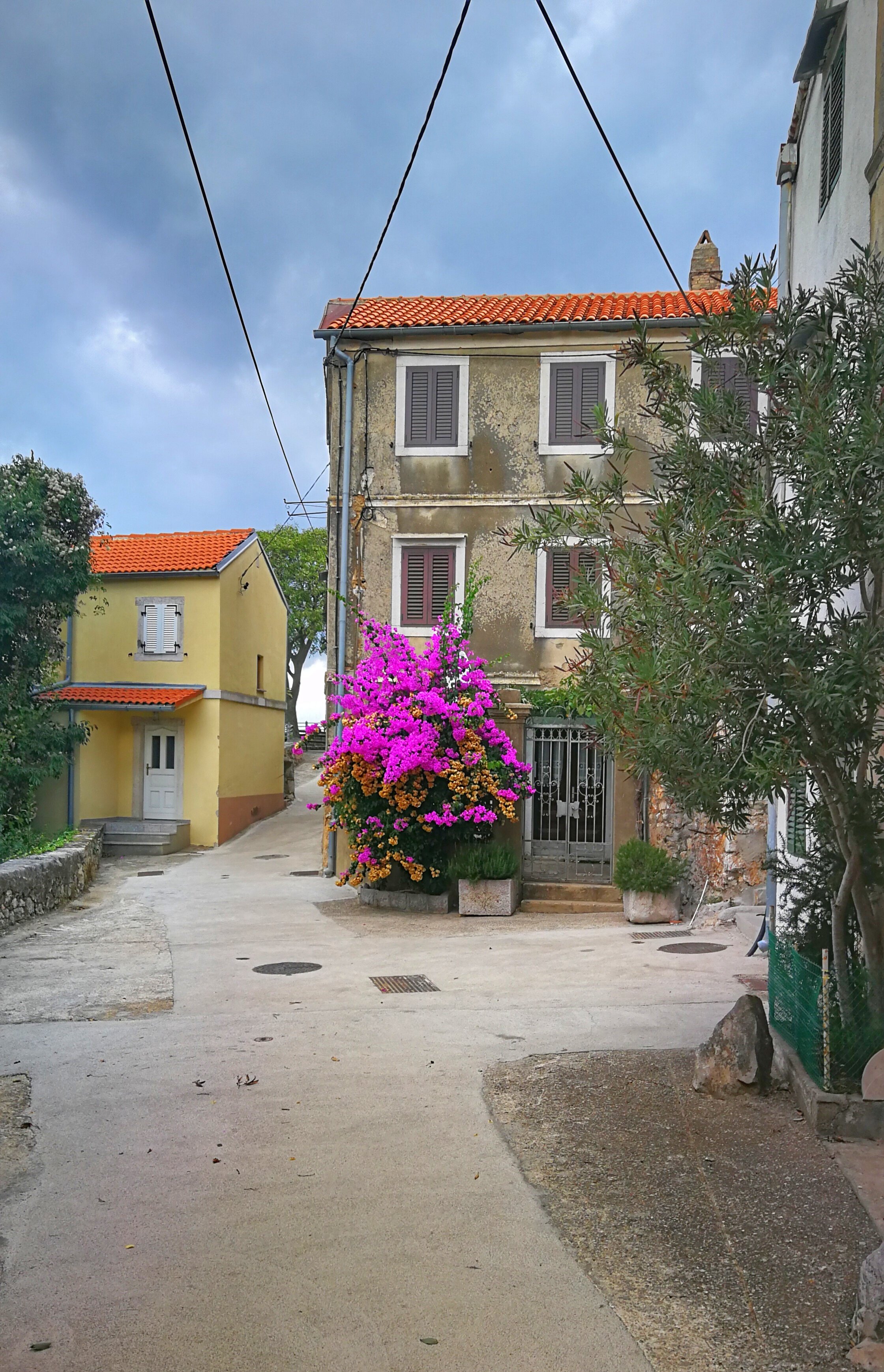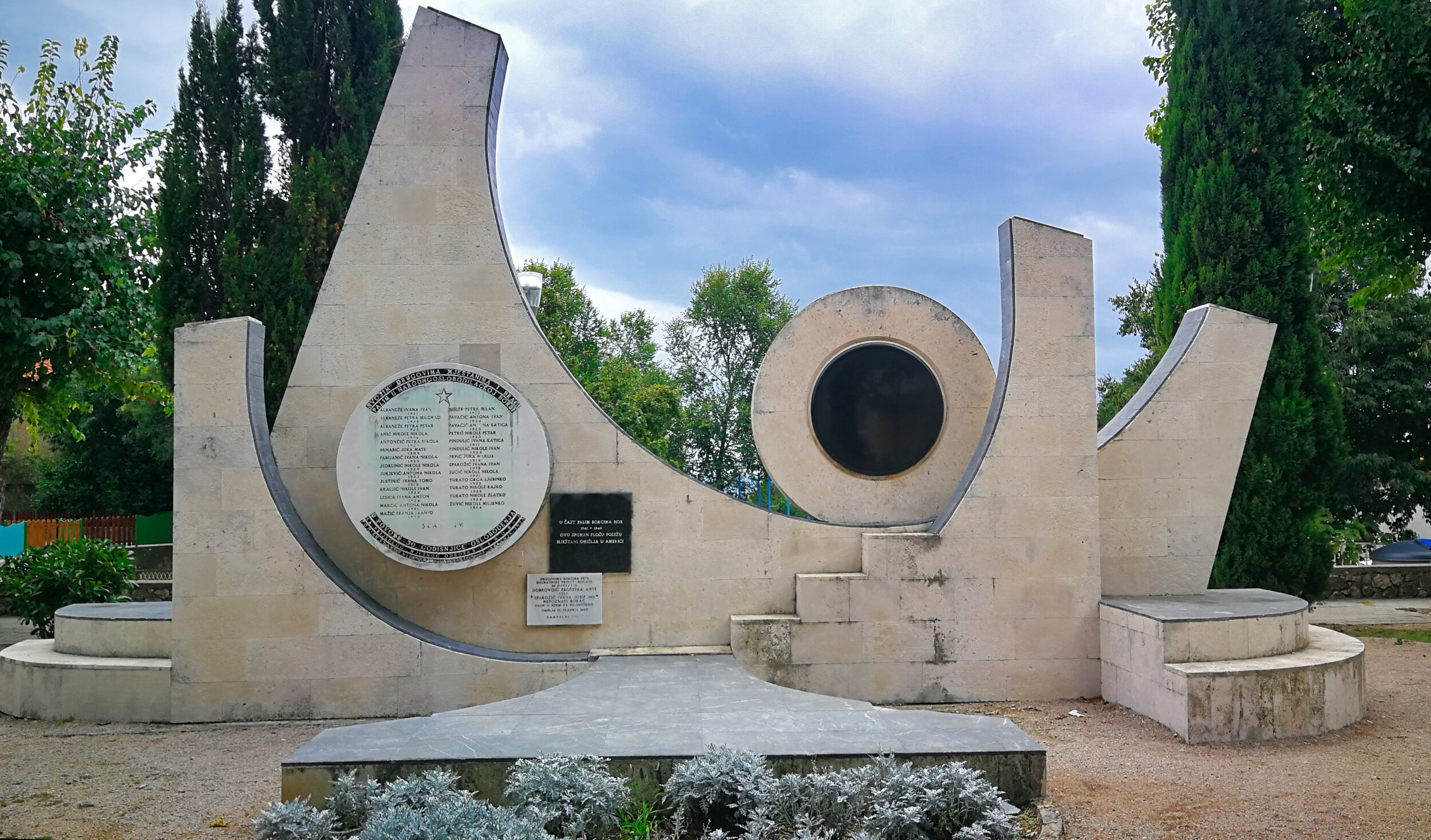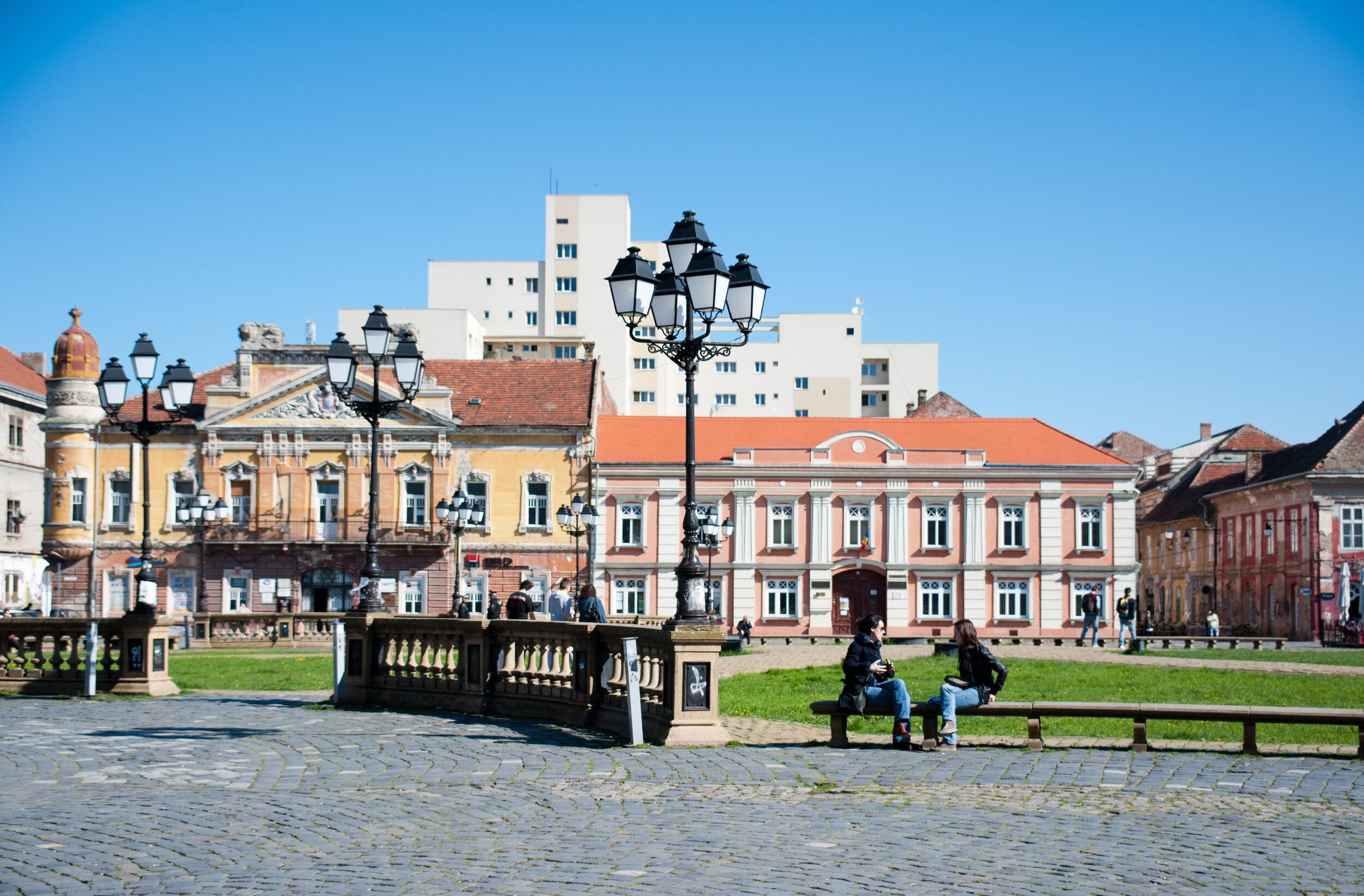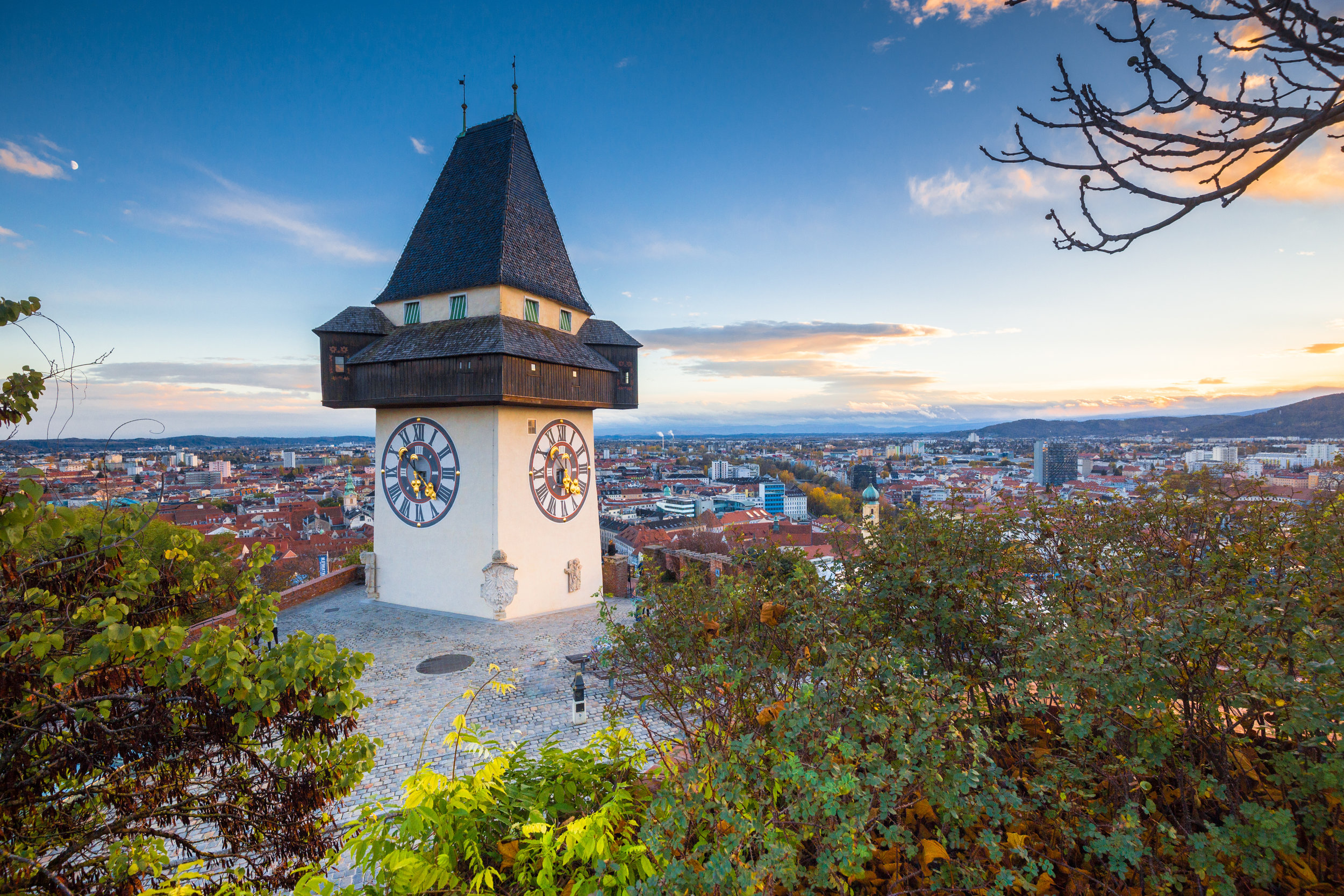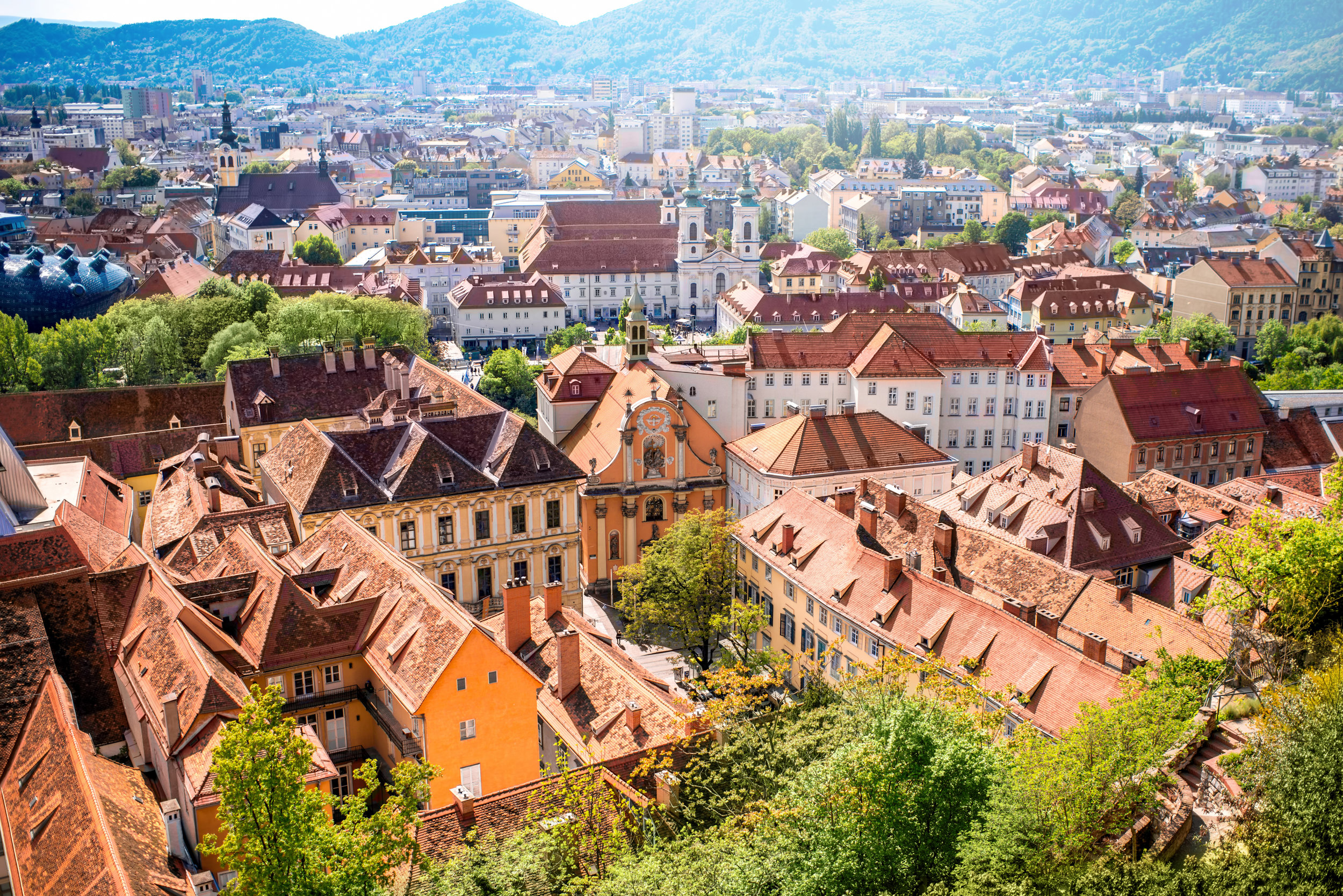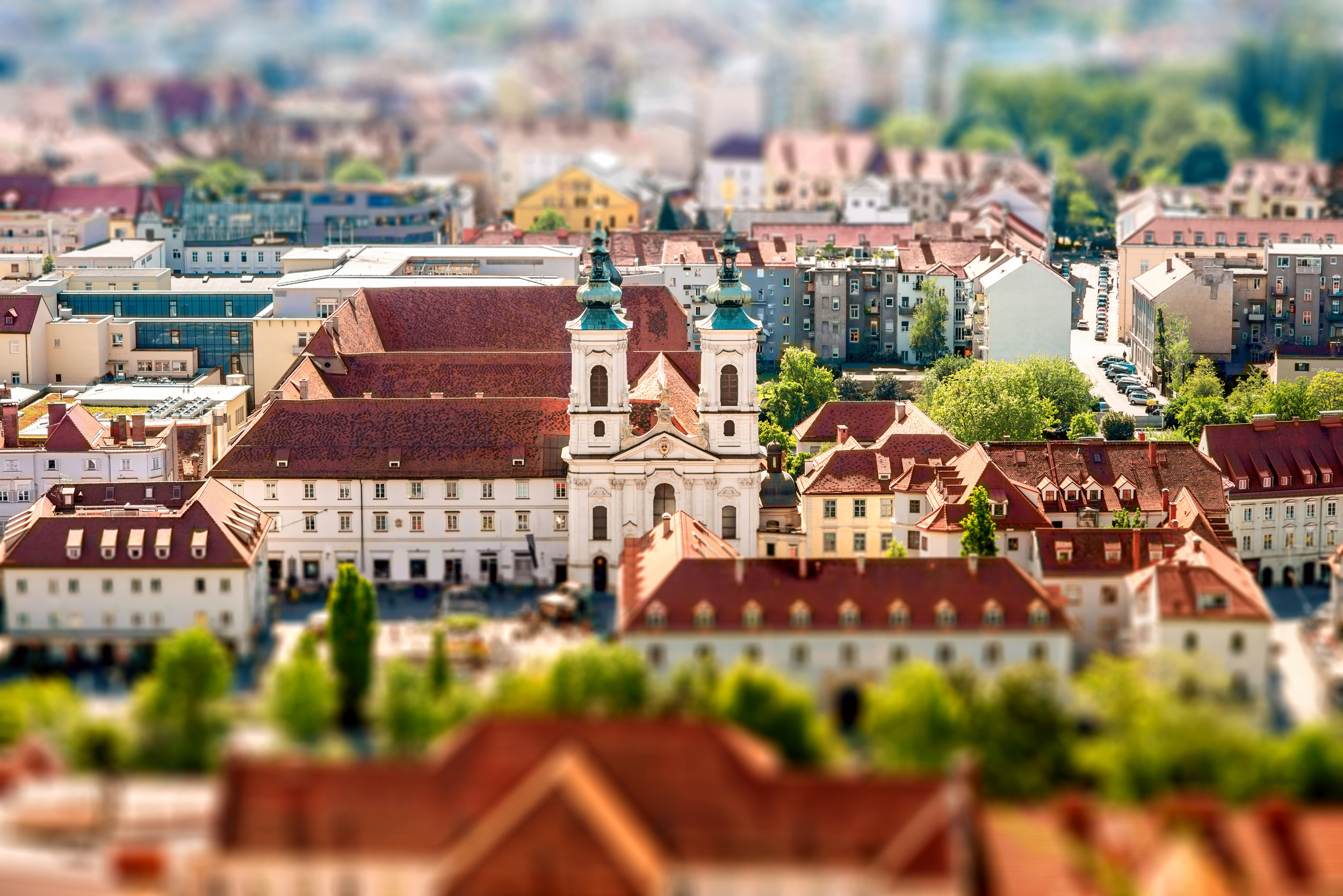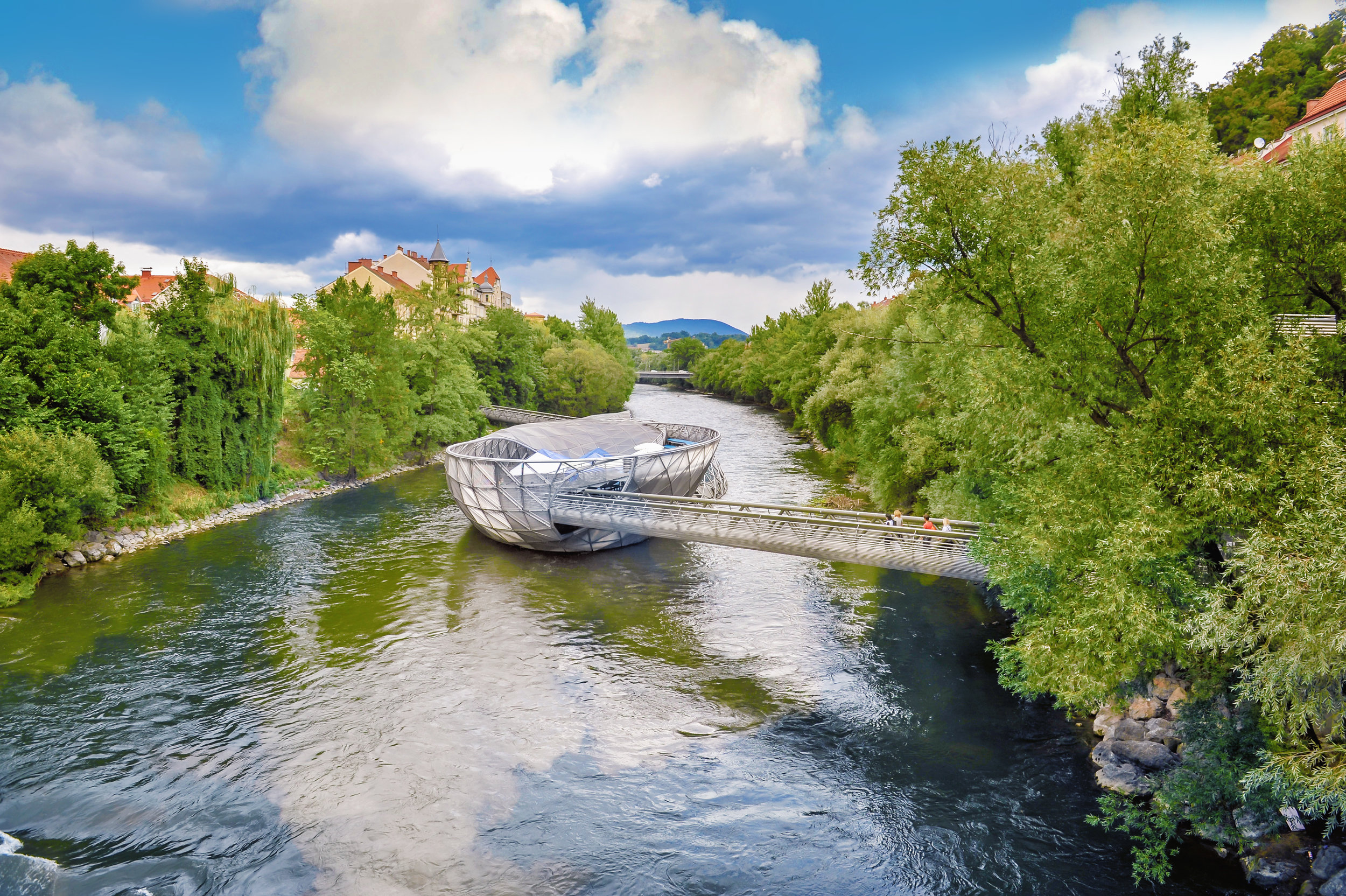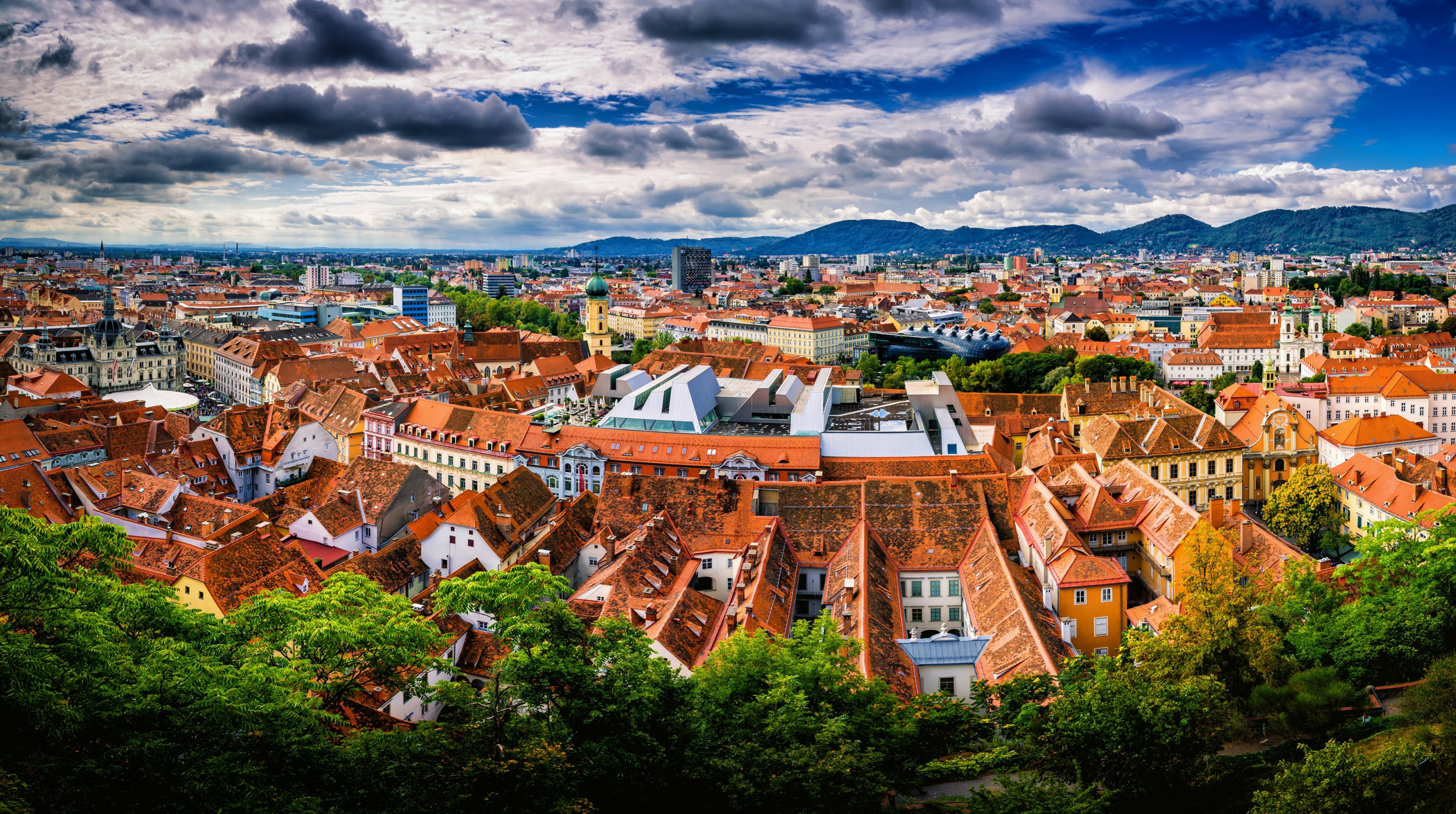A Visual Journey Through Europe: Budapest, Ljubljana, Dubrovnik, and Venice
/Embarking on a European adventure is a dream for many, especially when the journey includes some of the continent's most picturesque and historically rich cities. For those looking to explore Budapest, Ljubljana, Dubrovnik, and Venice, this guide is your compass to navigate through these jewels, capturing their essence through the lens and soaking in their cultural magnificence. Whether you're a seasoned traveller or planning your first trip, follow this route for an unforgettable visual journey.
From the Heart of Hungary to the Canals of Venice
Budapest: The Danube's Gem (3-4 Days)
Begin your journey in Budapest, Hungary's vibrant capital. Divided by the Danube, the city presents a tapestry of architectural splendor, from the Gothic Revival façade of the Hungarian Parliament Building to the historic thermal baths. Photography Tip: Visit the Fisherman's Bastion at sunrise for breathtaking views of the Parliament across the river, with soft morning light providing the perfect backdrop.
Ljubljana: Slovenia's Charming Capital (2-3 Days)
Next, head to Ljubljana, a city where love is literally in its name. This small but lively capital brims with art, green spaces, and a river that gently winds through its heart. The Ljubljana Castle, perched on a hilltop, offers panoramic views and a historical backdrop for photographers. Photography Tip: Explore the Old Town's cobbled streets at dusk; the warm glow of street lamps creates a magical atmosphere, perfect for capturing the essence of this fairy-tale city.
Dubrovnik: The Pearl of the Adriatic (3-4 Days)
From Ljubljana, journey to Dubrovnik, Croatia's coastal marvel. Known for its stunning Old Town encircled with massive stone walls, Dubrovnik offers a blend of history and seaside beauty. Photography Tip: For a unique perspective, take a walk along the city walls at sunset. The golden hour light illuminates the rooftops and the Adriatic Sea, offering splendid photo opportunities.
Venice: A City Built on Water (3-4 Days)
Conclude your voyage in Venice, Italy. A city of unparalleled beauty, its labyrinth of canals, historic bridges, and ornate buildings is a feast for the eyes. Photography Tip: Venture beyond St. Mark's Square to capture the essence of Venice. The quiet canals and less-traveled bridges in the early morning fog offer serene and almost surreal scenes for photographers.
Navigating Your Journey
Travelling between these cities can be an adventure in itself. Opt for buses and trains for a scenic route from Budapest to Ljubljana. Consider a combination of bus and ferry when heading to Dubrovnik, embracing the journey as part of your adventure. Lastly, a ferry from Dubrovnik to Bari, followed by a train or bus, will lead you to Venice, completing your circuit of discovery.
Embracing Each Moment
Spend 3-4 days in each city to truly immerse yourself in the local culture, history, and landscapes. This pace allows for a deeper connection with each location, offering ample opportunities for photography, exploration, and relaxation.
Final Thoughts
This journey is more than just a trip; it's an opportunity to create lasting memories and capture moments that speak to the soul. Through each city's streets, atop ancient walls, and along serene canals, your camera will capture images, stories, emotions, and the timeless beauty of these European gems. Happy travels, and may your photographs tell the stories of your journey.
Transport Options
Budapest to Ljubljana:
Bus: Several companies operate on this route, offering a direct connection. The journey takes approximately 8 hours.
Train: An alternative is the train, with a change in Vienna or Zagreb, which can add to the experience but might take longer.
Ljubljana to Dubrovnik:
Bus/Ferry Combination: Direct buses from Ljubljana to Dubrovnik are rare and the journey is quite long (around 15 hours). An interesting alternative could be to take a bus or train to a coastal city like Split or Rijeka, and then a ferry to Dubrovnik. This adds a scenic route to the trip but requires careful planning.
Dubrovnik to Venice:
Ferry and Bus/Train: No direct ferry exists between Dubrovnik and Venice, so you'd look at a ferry to a city like Bari in Italy, then a bus or train to Venice. Alternatively, a bus from Dubrovnik to Venice with a change in Zagreb or another major hub could work.







